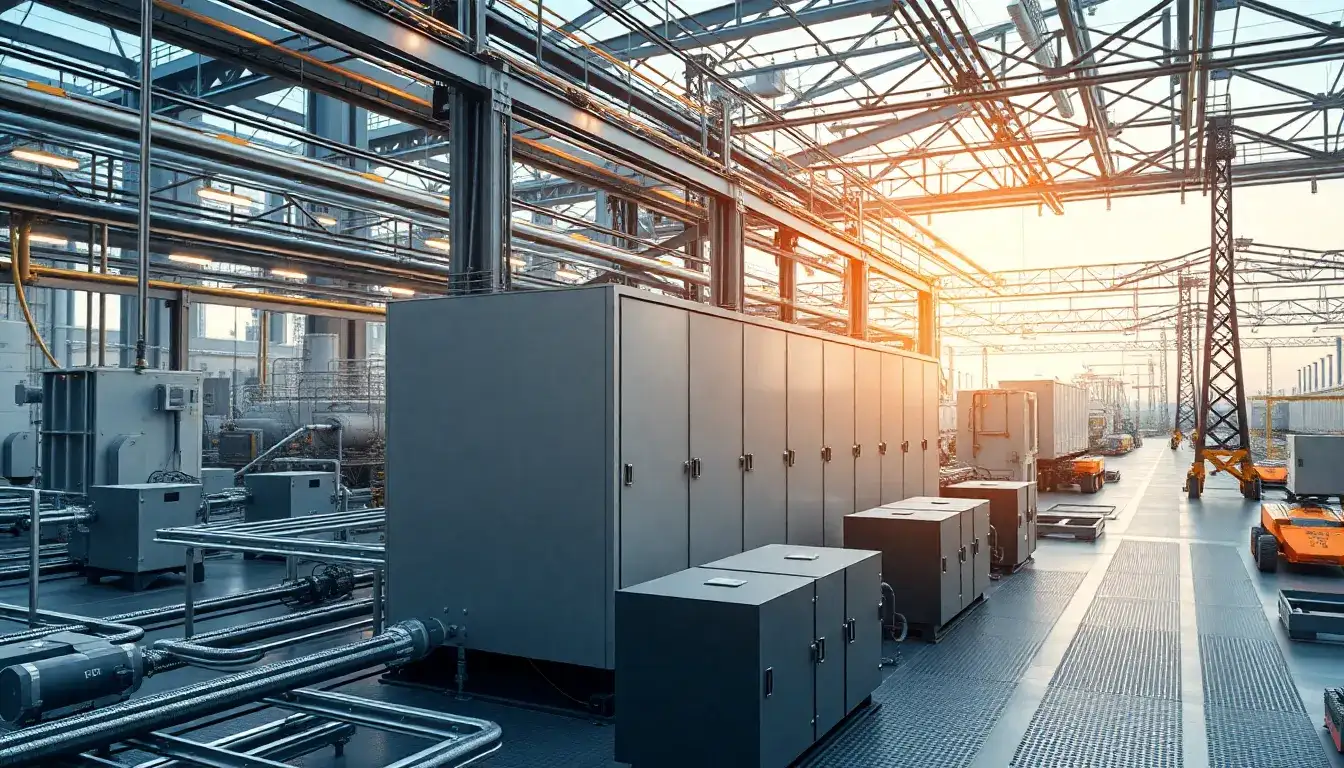
Grid-side energy storage is crucial in maintaining the stability and efficiency of power systems. Recent reports highlight various developments and projects that are shaping the landscape of grid-side energy storage in China.
In Hebei, the Weichang area is pioneering the integration of wind power for green development. The use of synchronous condensers has allowed for the absorption of active power in exchange for a significant increase in dynamic reactive power reserves, enhancing overall active transmission capabilities. This technology has been widely implemented on the grid side due to its advantages such as excellent voltage support, strong overload capacity, and high reliability.
In January 2023, the State Power Investment Corporation commissioned the 3 million kW photovoltaic project in the Yudao Kou area. The “Colorful River” photovoltaic power station, with a total installed capacity of 300,000 kW, achieved full capacity grid connection by November 2023. Additionally, the Huaren Weichang Yuanbaoshan wind power project, with an installed capacity of 300,000 kW, is connected to the 500 kV substation at Yudao Kou, transmitting power through the Jibei power grid to regions such as Beijing, Tianjin, and Hebei.
In recent news, GCL-Poly proposed to raise 1.52 billion yuan for new energy storage projects, including both grid-side and user-side storage solutions. This change reflects a broader trend where energy storage is becoming a pivotal component in enhancing grid stability and efficiency.
Moreover, the integration of computational power in grid management is gaining attention. It supports grid topology optimization, operational analysis, and emergency control, thus enhancing the safety and stability of grid operations. On the storage side, it aids in assessing the state of storage mediums, improving safety control capabilities, and optimizing coordinated control strategies for hybrid energy storage systems.
Recent projects like the 1 GW/4 GWh integrated energy storage system planned in Gansu exemplify the trend. This project includes a new 110 kV boosting substation and several 35 kV switching stations, aiming to create a resilient energy system capable of operating in isolation.
To evaluate the operational performance of energy storage stations, key indicators include grid-related performance, which is essential for grid-connected operations. Energy storage stations must meet safety and stability requirements of the power system.
In Inner Mongolia, significant progress is being made in new energy storage construction, with the region having issued two batches of grid-side energy storage demonstration projects. The total scale of independent storage is expected to exceed 155 GWh by 2024.
Dr. Fanpeng Zeng from Huaneng Group emphasized that the rapid development of user-side storage and large-scale renewable energy projects necessitates a focus on grid-side frequency regulation and applications in commercial scenarios.
Additionally, with new policies allowing storage stations to participate in various market transactions, revenues are expected to diversify beyond mere capacity compensation, now including peak-valley arbitrage and ancillary services.
In Hohhot, the Zhongcheng Dayou Group plans to establish a grid-side energy storage demonstration project, integrating advanced storage technologies to enhance regional power system stability.
Overall, the integration of grid-side energy storage is not just a technological advancement but a fundamental shift towards more resilient and efficient energy systems, as demonstrated by numerous projects and policies across the nation.







